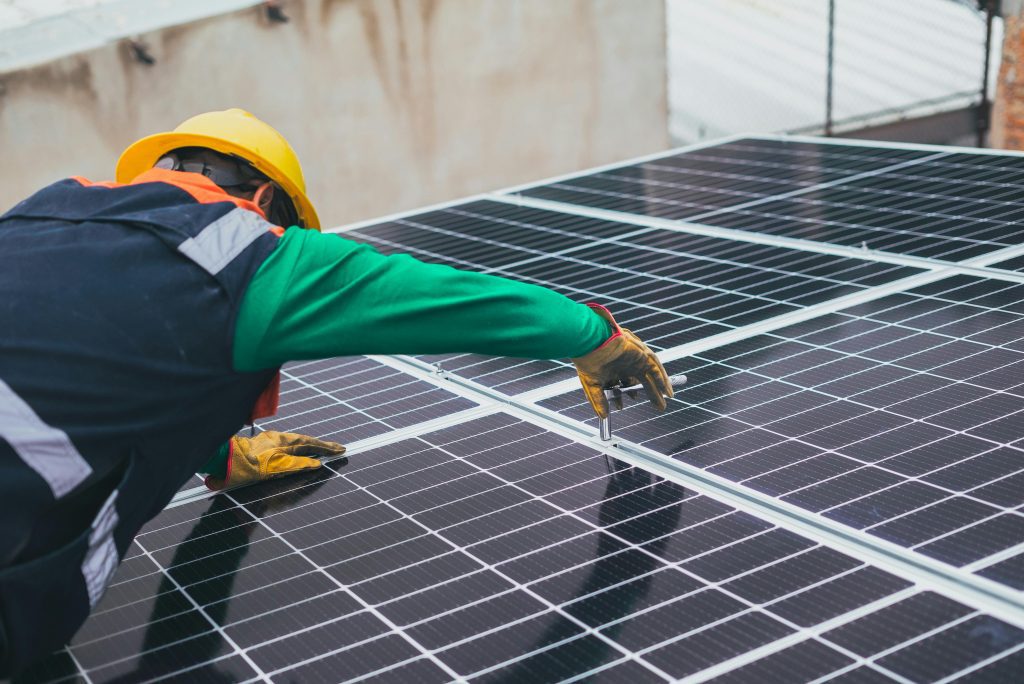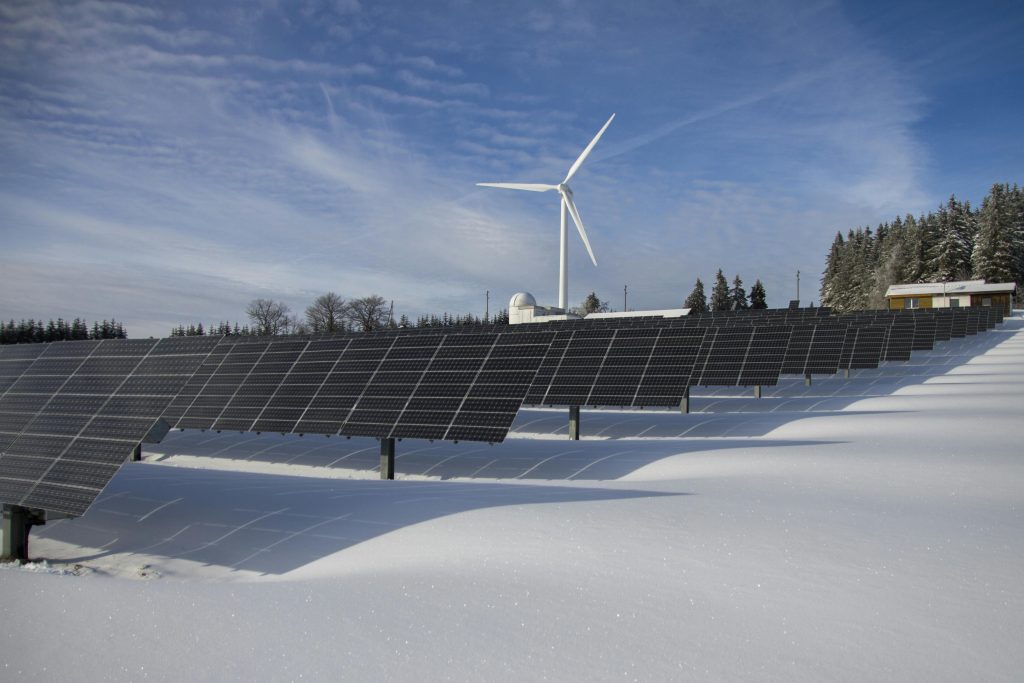
Why Solar Energy is Pakistan’s Next Big Investment
Introduction
With little political backing and mostly driven by market forces, Pakistan’s quick adoption of solar energy offers important insights for other developing countries. The rapid adoption of renewable energy in Pakistan, with solar power in the forefront, is being fueled by falling solar panel prices as well as skyrocketing grid electricity tariffs that have climbed by 155% in only three years. The nation currently has the sixth-largest solar market in the world.
Pakistan’s economy is in terrible shape, and in order to control the budget deficit, the government frequently raises electricity consumption taxes. This scenario is evident from the recent growth in per unit.
More than 60% of Pakistan’s electricity is generated from fossil fuels like furnace oil and gas.
The government spent around 95 billion rupees a month in fiscal year 2021–2022 to buy furnace oil and gas for the production of energy. The entire economy of the nation is greatly impacted by such high import costs for fossil fuels. As a result, inflation affects the average person by raising the cost of necessities and utility bills.
Pakistan, on the other hand, has a lot of potential for renewable energy, especially solar energy. According to World Bank statistics, installing solar systems would only cover 0.071% of Pakistan’s total land area, which would be enough to provide the nation’s electrical needs.
Pakistan is currently producing just over 2000 MW of power using solar energy, and by 2030, it is expected that this capacity would rise to over 10,000 MW.
Understanding Solar Energy
What is Solar Energy?
It’s the energy we get from sunlight. Using solar panels, this light can be transformed into electricity or heat, dependent on the system.
How Solar Power Works
Photovoltaic (PV) Systems
These are the most common type, altering sunlight directly into electricity using semiconductor materials.
Solar Thermal Systems
These use glasses or lenses to focus daylight and produce heat, which is then used to produce electricity.

Economic Benefits of Solar Investment
Reduced Electricity Bills
Once fitted, solar panels knowingly lower monthly power costs. For numerous households, it’s a 60–90% drop.
Lower Import Costs
Solar obtains dependency on fuel imports, improving the trade stability and strengthening the rupee.
Opportunities in Installation and Maintenance
The solar affluent is creating jobs—from engineers to local experts and support staff.
Local Manufacturing of Solar Panels
Increasing local production will cut costs and create employment across numerous sectors.
Government Initiatives and Policies
The government of Pakistan is conscious of the importance of solar energy for both the environment and safeguarding a sufficient supply of electricity. A number of policies and initiatives have been applied to promote the usage of solar energy:
1. Net Metering Policy: The National Electric Power Regulatory Authority (NEPRA) delivered a new regulation. It enables users to produce electricity using solar panels and sell any extra energy back to the grid. This has enlarged the likelihood that many individuals and businesses will purchase solar energy systems.
2. 2021 solar energy policy: According to the suggestion, the government intends to increase the amount of solar energy that is connected to the network. It expedites the approval process for solar projects, provides tax benefits for importing solar panels, and contributes with installation costs.
3. Green funding: The State Bank of Pakistan has launched new financial creativities to assist solar projects in gaining funding. To encourage more individuals to adopt solar electricity, they provide low-interest loans along with other incentives.
4. Expansion in Solar Power Installations
Over the past ten years, Pakistan has witnessed a significant increase in solar systems. Solar farms and panels are becoming more and more common on the roofs of homes and businesses in both urban and rural areas. Among the significant modifications are:
5. Large-Scale Solar Projects: The nation is currently home to abundant large-scale solar power projects. The Quaid-e-Azam Solar Park, one of the largest in Pakistan, is situated there. It can serve as a model for other projects and manage 100 MW.
6. Rooftop solar systems: These days, rooftop solar systems are very popular due to net metering. They are used by both individuals and businesses. These technologies maintain grid stability and reduce electricity costs by increasing the number of power sources.
7. National Renewable Energy Plan (NREP)
Aims to attain 30% renewable energy by 2030—solar is key to making that happen.
8. Lowering the cost of solar technologies
Globally, including in Pakistan, solar energy is becoming more affordable. Costs have decreased as more and better solar cells are produced. Solar panels are now less expensive. They are now a good option for many homes and businesses.
Future Trends
The expansion of parks and solar farms
Pakistan appears to have a bright future with solar energy. Plans aim for the expansion of parks and solar farms. More large solar farms are being planned by the government. This will help meet the increasing demand for energy while reducing the use of fossil fuels. These projects will boost the nation’s economy, create jobs, and strengthen solar power.
Combining Energy Storage Technologies
Energy storage is a crucial component of a robust and efficient solar power system. Solar energy isn’t always reliable. We must so make use of energy storage. As a result, solar power systems will function better and be more stable. Pakistan is probably going to store energy using state-of-the-art technology. People will be less reliant on the electrical grid and be able to use solar energy more effectively.
Regulatory and Policy Assistance
The government and authorities in Pakistan must support solar energy if it is to expand. Encouraging people to invest in solar technology through policies will be beneficial. Their focus will be on solar energy. They should also provide financial incentives and facilitate the approval of projects. Frameworks and long-term plans will provide stability. They will increase the likelihood that people will invest in the region.
Conclusion
Pakistan’s energy problems won’t remain static overnight, but solar power offers a maintainable, affordable, and applied path forward. One significant step toward the use of clean, green energy is Pakistan’s growing solar energy sector. Because of government support and declining costs, the solar business will expand. Additionally, the public’s understanding is expanding. Pakistan is investing in solar technology and infrastructure, which bodes well for the country’s solar energy industry.
With solar electricity, Pakistan may improve its energy security, reduce its carbon impact, and create a better future. People, companies, and investors should look into solar energy right now. The future of Pakistan’s energy supply will be determined by the solar industry as it expands. It will be crucial for that position.
